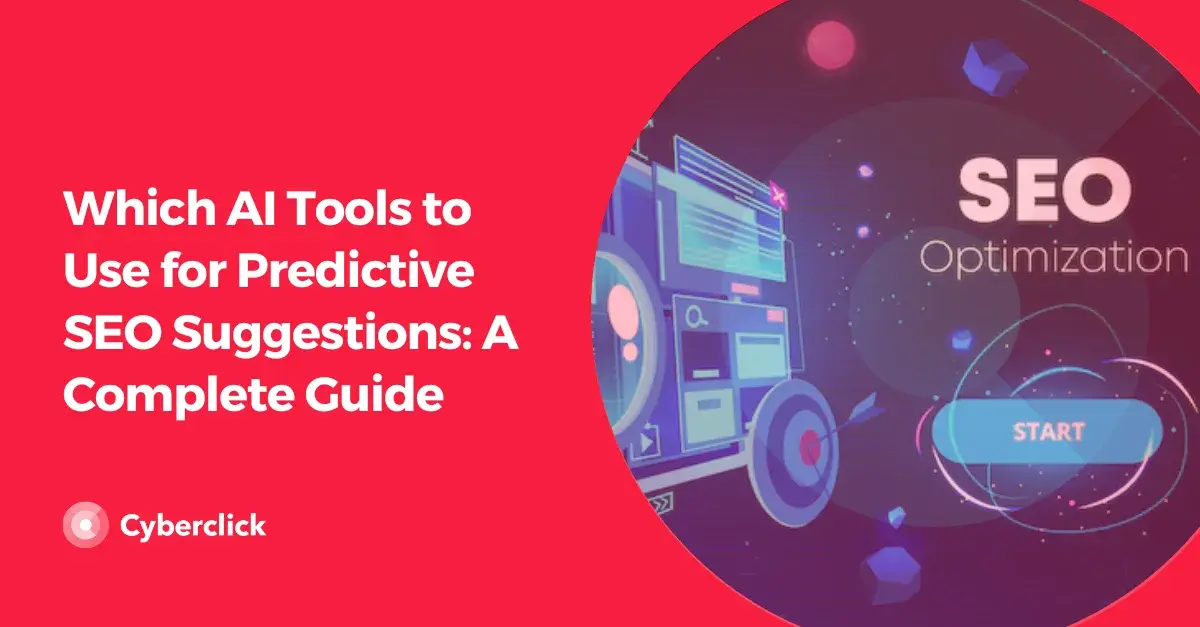Creating content is one of the most powerful ways to connect with your audience, build trust, and drive growth. But with so much content flooding the digital space every day, standing out can feel like a challenge. That’s where a smart, structured content plan comes into play. By crafting a strategy that aligns with your goals and speaks directly to your audience’s needs, you can cut through the noise and drive meaningful engagement.
In this guide, we’ll explore actionable strategies to simplify content planning and set your brand up for sustainable growth.

What Is Content Planning?
Content planning is the process of strategically organizing, scheduling, and creating content to achieve your marketing objectives. Think of it as your roadmap to delivering the right message to the right audience at the right time.
While creativity is a big part of content marketing, planning ensures your efforts are focused and measurable. A solid content plan aligns your team, keeps your messaging consistent, and allows you to track performance over time.
Why Is Content Planning Essential for Growth?
Content without a plan is like a ship without a compass—it may move, but it’s unlikely to reach its destination. Here’s why content planning is a must for driving engagement and growth:
-
Consistency Builds Trust: Regular, high-quality content shows your audience that you’re reliable and credible.
-
Efficiency Saves Time: A plan keeps your team organized and prevents last-minute panic.
-
Better Audience Alignment: By understanding your audience’s needs, you can create content that truly resonates.
-
Data-Driven Success: Content planning helps you set measurable goals and track performance, so you can continuously optimize your strategy.
Strategies to Simplify Content Planning
Ready to create a content plan that delivers results? Here are six strategies to make the process simple and effective.
Define Clear Goals
Every successful content plan starts with a clear goal. Ask yourself: What do you want to achieve with your content? Whether it’s increasing website traffic, boosting social media engagement, or driving sales, your goals will shape the direction of your strategy.
Pro Tip: Use SMART goals (Specific, Measurable, Achievable, Relevant, and Time-bound) to ensure your objectives are actionable and trackable.
Understand Your Audience
Content that drives engagement starts with knowing your audience. Conduct research to identify their pain points, preferences, and behaviors. Tools like Google Analytics, social media insights, and customer surveys can provide valuable data.
Once you understand your audience, create detailed buyer personas. These personas will guide your content creation, helping you address specific needs and build stronger connections.
Create a Content Calendar
A content calendar is your secret weapon for staying organized and consistent. It outlines what content you’ll create, when it will be published, and where it will be shared.
Your calendar should include:
- Content topics
- Publication dates
- Distribution channels
- Assigned team members
Pro Tip: Use tools like Trello, Asana, or Google Sheets to keep your calendar collaborative and accessible to your team.
Repurpose and Refresh Content
Creating new content from scratch is time-consuming, but repurposing and refreshing existing content can save you time while maximizing impact. For example:
- Turn a blog post into a series of social media posts.
- Transform a webinar into a downloadable ebook.
- Update older articles with fresh statistics and insights.
Repurposing content not only extends its lifespan, but also allows you to reach new audiences on different platforms.
View this profile on InstagramCyberclick • Marketing Digital (@cyberclicknet) • Instagram photos and videos
Optimize for SEO
To drive growth, your content needs to be discoverable. That’s where search engine optimization (SEO) comes in. Incorporate keywords that your audience is searching for, optimize meta descriptions, and use internal linking to boost your content’s visibility on search engines.
Pro Tip: Tools like SEMrush, Ahrefs, and Google Keyword Planner can help you identify high-value keywords and track your rankings.
Track and Adjust Your Strategy
Content planning isn’t a one-and-done process—it’s an ongoing cycle of improvement. Regularly review your performance metrics to see what’s working and what isn’t. Key metrics to track include:
-
Website traffic
-
Social media engagement
Use these insights to refine your strategy, experiment with new formats, and double down on what resonates with your audience.
Content Formats to Drive Engagement
Different formats appeal to different segments of your audience. Here are some top-performing content types to include in your plan:
-
Blog Posts: Perfect for sharing in-depth insights and boosting SEO. Blogs are a foundational content type that builds authority over time.
-
Video Content: With video consumption on the rise, this format is a must for capturing attention and boosting engagement.
-
Infographics: Infographics simplify complex information and make it visually appealing, increasing shareability.
-
Interactive Content: Polls, quizzes, and interactive calculators keep your audience engaged while providing valuable insights.
-
Social Media Stories: Stories are short, engaging, and ideal for building a sense of urgency with your audience.
Tools to Simplify Content Planning
Planning content doesn’t have to be complicated. Here are some tools to make the process easier:

The Role of Creativity in Content Planning
While structure and strategy are essential, creativity is what sets your content apart. Don’t be afraid to experiment with new ideas, formats, and storytelling techniques. The best content plans balance data-driven insights with human creativity, creating experiences that captivate and inspire.
Content planning doesn’t have to be overwhelming. With clear goals, a deep understanding of your audience, and the right tools and strategies, you can create a plan that drives engagement and fuels growth. Remember, the key is to stay consistent, track your results, and adapt as you learn.
Responsable de la estrategia de contenidos y visibilidad en Cyberclick, con enfoque Allbound y especialización en posicionamiento SEO, GEO y automatización con IA. Gestión avanzada del CRM con HubSpot: base de datos, workflows, lead nurturing, scoring y reporting. Experiencia en marketing digital, comunicación corporativa y periodismo, uniendo estrategia, creatividad y tecnología para captar y convertir leads cualificados.
Responsible for content and brand visibility strategy at Cyberclick, with an Allbound approach and specialization in SEO, GEO (Generative Engine Optimization), and AI-powered automation. Advanced HubSpot CRM management: database segmentation, workflows, lead nurturing, scoring, and reporting. Background in digital marketing, corporate communications, and journalism—combining strategy, creativity, and technology to attract and convert qualified leads.





.webp)
Leave your comment and join the conversation